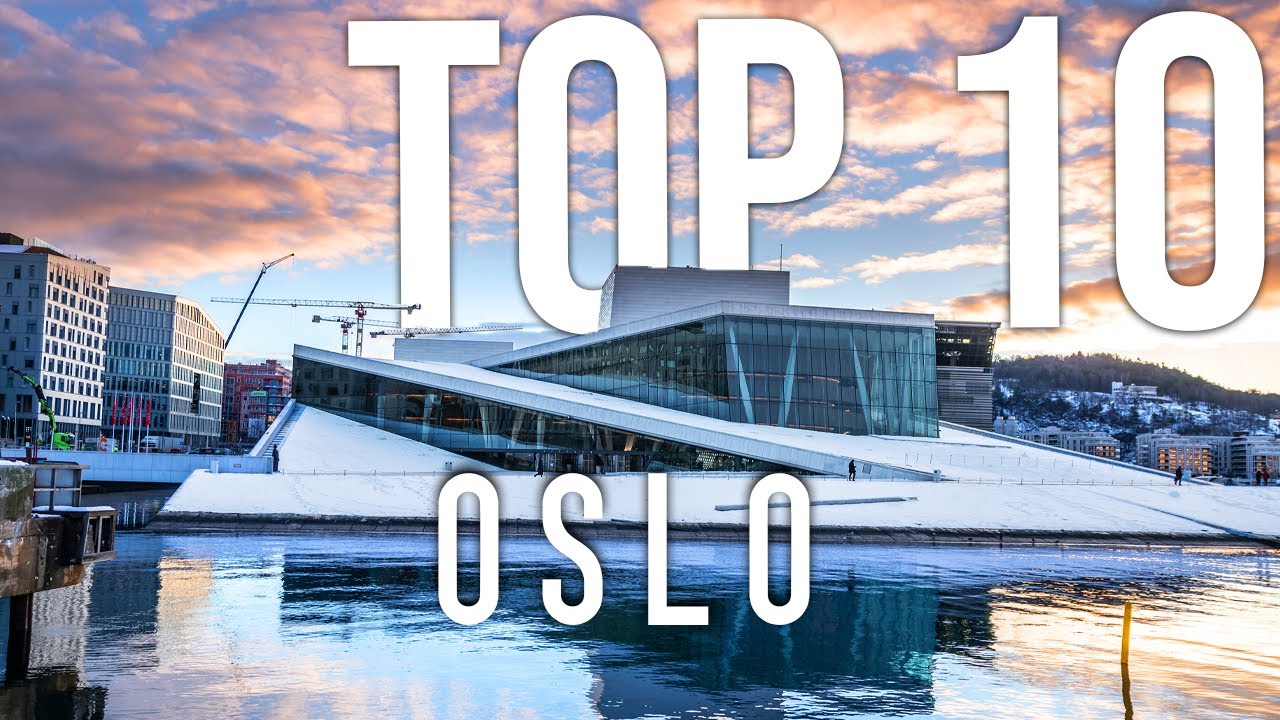Liverpool Video Travel
Liverpool rises from the coastal plains of West Lancashire, where the River Mersey meets the Irish Sea. Whether it be the winds of trade, war, or travel, this city’s fortunes have been tied to the ocean for over 800 years. In the 19th century, Liverpool was Britain’s trading gateway to the world,
Creating an enormous wealth that was ploughed back into the city’s skyline. In Liverpool, every brick, gable, and spire, is a proclamation of the city’s industry and optimism. Right in the heart of Liverpool, by the banks of the city’s beloved River Mersey, is Pier Head. Wander across this floating pier,
Where the excitement and teary farewells of Transatlantic steamship passengers once filled the air. Just behind Pier Head, rises the city’s crown, The Three Graces. Named after the Greek goddesses of charm, beauty and creativity, these three buildings stand as a testament to both Liverpool’s former trading might, and the city’s eternal love of beauty.
One of the best views of The Three Graces is from the Museum of Liverpool, which traces the ways that maritime trade, music and sport has shaped the city. From Pier Head, a great way to explore Liverpool’s waterfront is aboard an iconic Mersey Ferry, the riverboats which inspired the famous song.
Take a River Explorer Cruise, and hop off at various attractions along the way, such as the U-Boat Story. In 1993 the German submarine, U-534, was raised from the bottom of the North Sea by treasure-hunters. Although no Nazi gold was found, the submarine was remarkably well preserved.
Today the U-Boat serves as a fascinating window into the men and machines which wrought havoc on Allied shipping during World War Two. Just upriver from Pier Head, is the city’s former engine room, The Albert Docks. Once packed with goods such as ivory, tea and tobacco,
Today the docks are the storehouses of many of the city’s historic and cultural treasures. At the Merseyside Maritime Museum, explore Liverpool’s oceangoing past, from the ages of sail, to Titanic stories of loss and sacrifice. Next door, the acclaimed International Slavery Museum is a sobering reminder that the bricks of Liverpool
Were mortared with the blood and sweat of Africa. When the UK’s premier art institution, The Tate, searched for a northern home to exhibit works from its national collection, the perfect home was found here, by the Mersey. Just across the dock, climb aboard another submarine,
And immerse yourself in the sights and sounds of the Fab Four, at The Beatles Story. More than just the city’s finest cultural export, The Beatles were Liverpool’s gift to the world. Admire memorabilia that has acquired an almost sacred status, such as John Lennon’s spectacles, and George Harrison’s first guitar.
A few blocks away, continue your Magical Mystery Tour, down the stairs at 10 Mathew Street. In the early sixties, The Beatles performed at the Cavern Club almost 300 times, and along with bands such, the Rolling Stones, The Who, and The Kinks, helped make this tiny stage the center of the musical universe.
But to discover the true birthplace of the Beatles, take a trip to the leafy Liverpool suburbs. Set in the basement of a quiet suburban house, The Casbah Coffee Club ran for just three short years, before being locked up for decades. Today you can tour this incredible time capsule,
To see murals painted by the band, and hear from those who were there to witness the explosion of Beatlemania. Step even further back into Beatles history, at St Peter’s, the church where John Lennon and Paul McCartney first met. In the graveyard, where the two sunbathed as teenagers, lays the gravestone of Eleanor Rigby,
The subject of one of the Beatles most famous and haunting songs. Liverpool is filled with magnificent houses of worship. In 1903, a 22 year-old student of architecture won a competition to design the city’s new Anglican Cathedral,…his only previous design credit, was a pipe stand. The judges stood by their decision,
And 75 years later their faith was rewarded with the completion of one of the world’s most glorious cathedrals. Not to be outdone, the city’s Catholic community unveiled their own, rather controversial, Cathedral in the mid 1960s. Today, the Liverpool Metropolitan Cathedral, sometimes referred to as “Paddy’s Wigwam”,
Stands as a testament to the daring spirit of sixties. But if there are two places just as sacred to Liverpudlians as their cathedrals, it’s the cities football grounds. Both Liverpool and Everton football clubs have made Liverpool, England’s most successful footballing city. At Anfield Road Stadium,
Stand before the statue of the Liverpool manager who uttered the immortal words, “Football is not a matter of life or death,…it’s far, far more important than that.” Liverpool is a city where elegance awaits at every turn. Visit gardens of national importance, like Sefton Park, and stop by the bandstand that inspired The Beatles’,
Sargent Pepper’s Album. Explore the lavish interiors of stately homes, like Croxteth Hall and Sudley House. At the Walker Art Gallery, stand before artistic treasures that span the great ages of humankind. Not content to ride the waves of history, Liverpool has forever looked to new horizons,
And right across the city you’ll see daring architecture charting a course to tomorrow. Liverpool may no longer be England’s gateway to the world, yet each day here is voyage into a spectacular past, and,…a bright bold future.









